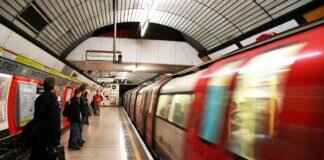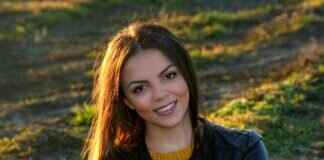Global Activity of Seafloor Biodiversity Mapped for the First Time
A team of scientists from the U.S. and the U.K. has utilized artificial intelligence (AI) to map the activities of seafloor invertebrate animals, including worms, clams, and shrimps, across all the oceans worldwide. This groundbreaking research, led by Texas A&M University, in collaboration with the University of Southampton and Yale University, has shed light on the essential factors that support and sustain the health of marine ecosystems.
Marine sediments, covering a significant portion of the Earth’s surface, are incredibly diverse. Through the process of “bioturbation,” where small creatures in the sediments stir and churn the seafloor, these organisms play a crucial role in regulating global carbon, nutrient, and biogeochemical cycles. Similar to how worms enrich the soil in gardens, invertebrates on the seabed enhance conditions for ocean life.
The study, published in Current Biology, marks the first time researchers have been able to predict and map the contributions of seafloor creatures globally. By understanding these processes in different regions, scientists gain valuable insights into ocean health and its response to climate change.
Dr. Shuang Zhang, the lead researcher from Texas A&M University, highlighted the importance of understanding how bioturbation influences the environment to predict future changes in marine ecosystems. Professor Martin Solan from the University of Southampton emphasized the diverse roles of these communities in different ocean regions.
The research team utilized existing datasets on sea creature activity and sediment mixing depth from around the world to train AI models. The AI accurately predicted seafloor conditions globally by considering various environmental factors like water depth, temperature, and nutrient availability.
Dr. Lidya Tarhan from Yale University pointed out the complex relationships that sustain marine life and the need to protect seafloor processes. The study suggests that current marine protected areas may not be adequate to safeguard these essential ecosystems, calling for better protection measures.
This groundbreaking study offers a comprehensive understanding of seafloor biodiversity and its global significance. The findings provide valuable insights for conservation efforts and the preservation of marine ecosystems in the face of environmental challenges.
For more information, you can access the full study published in Current Biology under the title “Global distribution and environmental correlates of marine bioturbation.”














